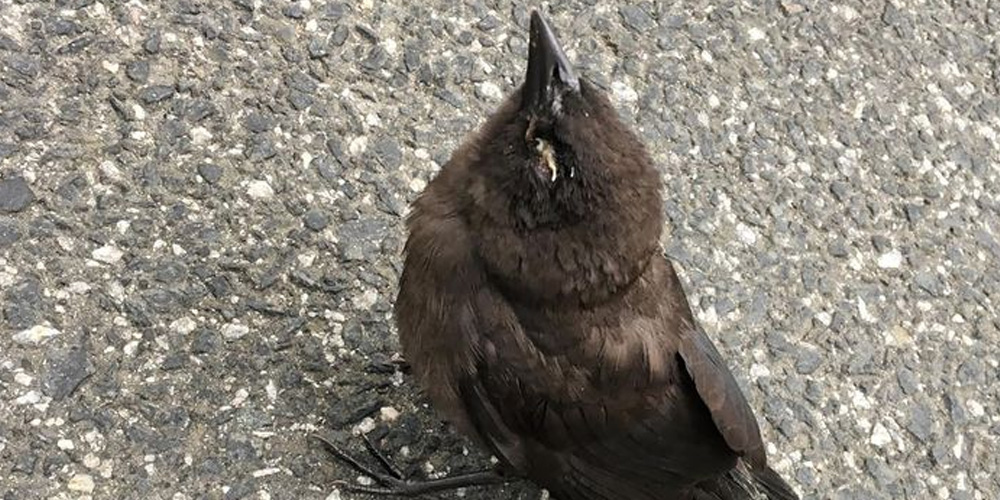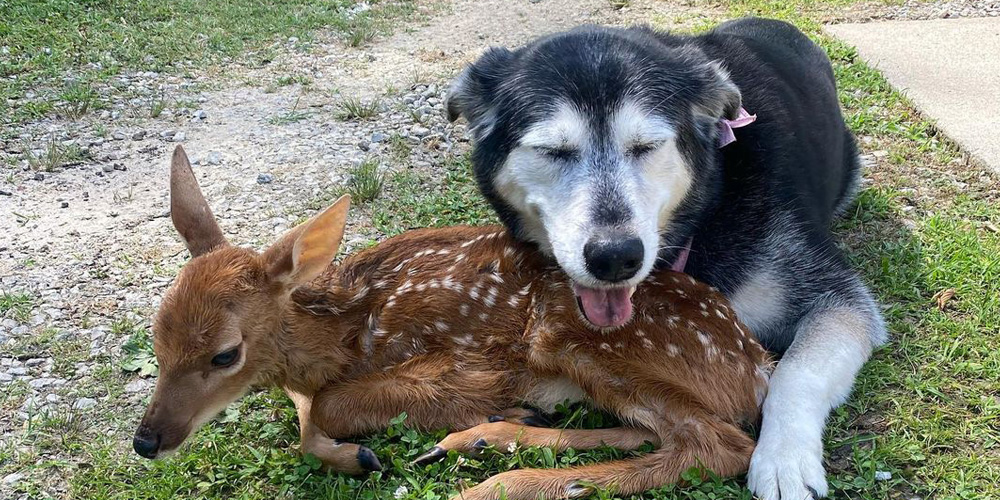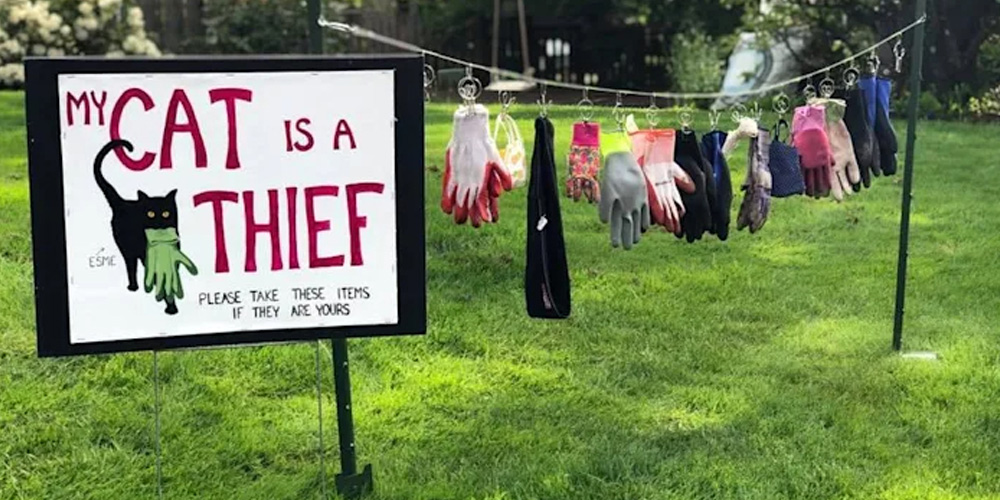The Audubon Society has issued a plea urging Upstate New York residents to remove bird baths and bird feeders from their properties. This request has been made in an attempt to curb the spread of an eye disease that has already been the cause of death for thousands of songbirds.
Though it is not yet known for sure, it is believed to be an infectious disease. The Audubon Society has issued the plea to try and get ahead of the illness, as it has not yet been confirmed in New York. Audubon leaders, both local and state, have stated that they hope to keep infection at bay by removing some of the more popular areas for bird activity.
Alison Kocek, vice president of Onondaga Audubon, has been quoted as requesting that all of the society members, as well as all other members of the community who hear the message, remove their feeders and baths immediately (if said baths can be moved). Kocek goes on to say, “I know that seems extreme, but we can see this traveling pretty quickly.”
The illness, which currently has no name, was first noticed in Washington D.C in April of 2021. Since that date, it has slowly been migrating. More recent reports, from the U.S. Geological Survey, have shown that the disease has also been recognized throughout Pennsylvania and Florida.
Audubon New York has said on their Facebook page that there have been reports of sick and dying birds “rippling across parts of the Mid-Atlantic and Southeastern United States.” These reports have described said birds have having swollen eyes, often with crusty discharge, vision problems, and apparent neurological symptoms.
As it stands, there are no known causes for this nameless illness. However, it appears to affect several common bird species, specifically targeting younger birds. The Cornell University Lab of Ornithology has recognized the affected species as including common grackles, robins, blue jays, and European starlings.
Seeing as the exact cause is unknown, it could be anything from a virus, bacterium, parasite, or toxic chemical. However, the USGS labs across several states have been able to some of the typical bird pathogens such as Chlamydia bacteria, West Nile virus, Salmonella, and avian influenza virus.
If it is discovered to be an infectious disease such as a bacterium or virus it would mean that it can be easily spread from one bird to the next. Therefore, bird feeders and baths can be extremely dangerous, as they become easy areas for multiple birds of several species to congregate. Potentially spreading the infection from one to another.
Kocek reassures everyone that birds are perfectly capable of caring for themselves in the wild at this time of year. There are worms being drawn out by summer rain, seeds, and berries.
The Audubon Society recommends that all bird feeders be washing with a solution of 10% bleach and 90% water to fully remove any potentially harmful bacteria. However, they do advise that hummingbird feeders should be okay to leave out, so long as they are cleaned every few days, as they should be.
Furthermore, should anyone discover a dead bird it must be treated with great care as if it carries a contagious disease until the illness is better understood. This means it is required of each person to wear disposable gloves, place it into a sealable plastic bag and dispose of it in the garbage. Do not bring it into the home or handle it with bare hands.
For further information on the bird you have discovered, take a photograph of it and email it to the Department of Environmental Conservation, using the email address [email protected]. Alternatively, you can contact your local DEC office or use the contact number (518) 478-2203 to report the discovery of dead wildlife to the DEC.







